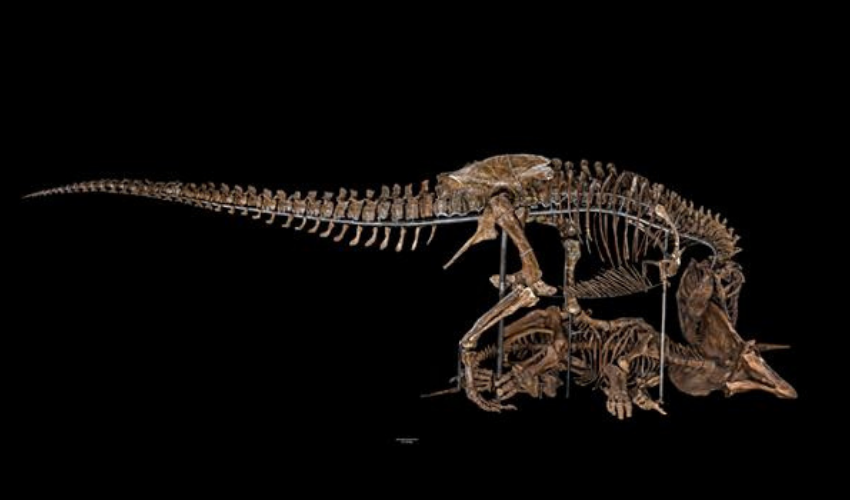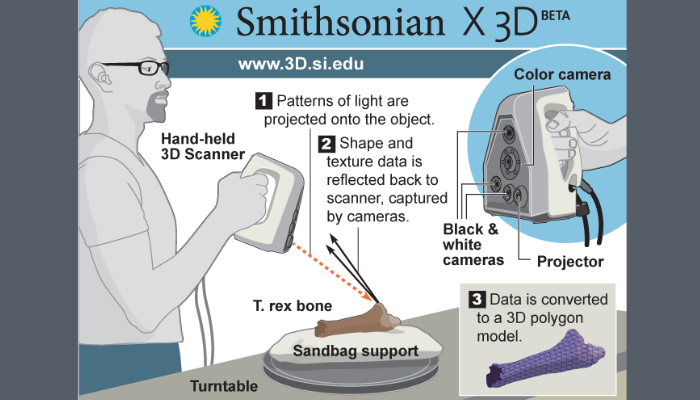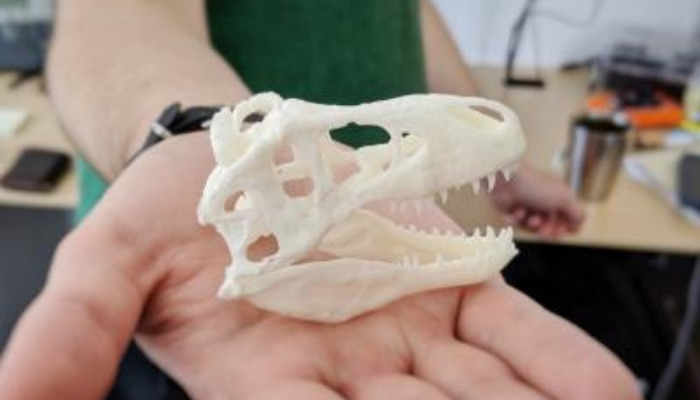Smithsonian’s 3D program allows users to 3D print thousands of artifacts

Have you been missing museum visits and other cultural activities due to the COVID-19 pandemic? The Smithsonian Institution in Washington D.C. might have a solution for you. One of the many applications of 3D printing is its possibility to be used to educate. This can especially be seen in the medical sector where 3D printing is used for personalized training for surgeons and students. However, this is not the only way 3D printing can be used for education purposes, as 3D scanning technologies have important applications for learning around the world. This can be seen for example at the Smithsonian Institution. There, the 3D Program has been working on scanning the millions of artifacts available across their 19 museums, 9 research centers, zoo and storage facilities. These scans are available to the public and aim to allow visitors from around the world access to their incredible collection, either by viewing the scans in the online collection or downloading them to 3D print.
3D Scanning at the Smithsonian
The Digitization Program Office (DPO) was founded at the Smithsonian in 2009. As the Smithsonian is the largest museum, education and research complex in the world, it also boasts an impressive archive of material. With less than 1% of their collections being displayed at one time, the office seeks to find a way to showcase the more than 155 million objects and specimens, volumes, and archives. As part of this project, the 3D Program was formed. With their website greeting visitors with the words “Welcome to the 3D Scanning Frontier” the 3D program aims to help educate people around the globe about the incredible artifacts present in the Smithsonian’s collections.

An infographic showing the process the team at the Smithsonian used to 3D scan a T.rex (photo credits: Smithsonian)
According to their website, “The 3D program is a small group of technologists working within the Smithsonian Institution’s Digitization Program Office. We focus on developing solutions to further the Smithsonian’s mission of ‘the increase and diffusion of knowledge’ through the use of three-dimensional scanning technology, analysis tools, and our distribution platform.” The best thing about it? Most of these scans are open access! Meaning that any user can download, transform and share thousands of Smithsonian 3D objects for any purpose for free, including to 3D print. As long as a model has “CC0,” it can be taken. The 3D portal currently has 2544 scans up, with 2346 labelled with CC0. This includes important historical artefacts like the Apollo 11 Command Module, the Triceratops horridus Marsh, a mammoth, Abraham Lincoln’s bust and more.
Though most of the collection comes from the Smithsonian Natural Museum of history’s vertebrate zoology mammals division, you can find artifacts from the national air and space museum, the American Art Museum, and the National Museum of African American History and Culture among others.

A 3-D printed T. rex skull (Photo Credits: Smithsonian Digitization Program Office)
3D printing’s role in education
One of the many applications of 3D printing has been its possibility to be used to educate. This has been seen especially in the use of 3D printed materials for surgical and other medical training, but 3D scanning has allowed for additional educational opportunities. Since museums have been shut since the beginning of the COVID-19 pandemic, the Smithsonian collection allows people of all ages to access the knowledge held in these centers for learning.
The website also points out additional uses of this 3D data stating, “Researchers in the field can now come back not only with specimens, but also 3D data documenting entire sites. Curators and educators are using 3D data as the basis for telling stories and sending students on quests of discovery. Conservators are using 3D data to track the condition of a collection item over time using 3D deviation analysis tools, showing exactly what changes have occurred to an object.” One thing is for sure, whether you just want to explore the collection of scans, or 3D print one of the priceless historical artifacts on the website, this Smithsonian project allows all of us to have a museum experience while staying safely at home. You can find out more information about the project HERE.

The space shuttle, Orbiter, and a mammoth, two of the scans available on the 3D portal (photo credits: Smithsonian Digitization Program Office)
What do you think about the 3D project at the Smithsonian? Let us know in a comment below or on our Facebook and Twitter pages! Sign up for our free weekly Newsletter here, the latest 3D printing news straight to your inbox!
*Thumbnail photo creidts: Smithsonian Magazine






